Since this column "outed" Julie Rickwood as creator of the Mt Ainslie community labyrinth in 2011, I've hardly heard from her.
Then out of the blue, a couple of months ago I received a missive from the energetic artist.
Fast approaching 20 years since she created the classical seven-circuit style labyrinth which she named "Five Senses" after Judith Wright's poem of the same name, Julie was writing a book on its history and wanted to interview me about my role in exposing her publicly as its creator.
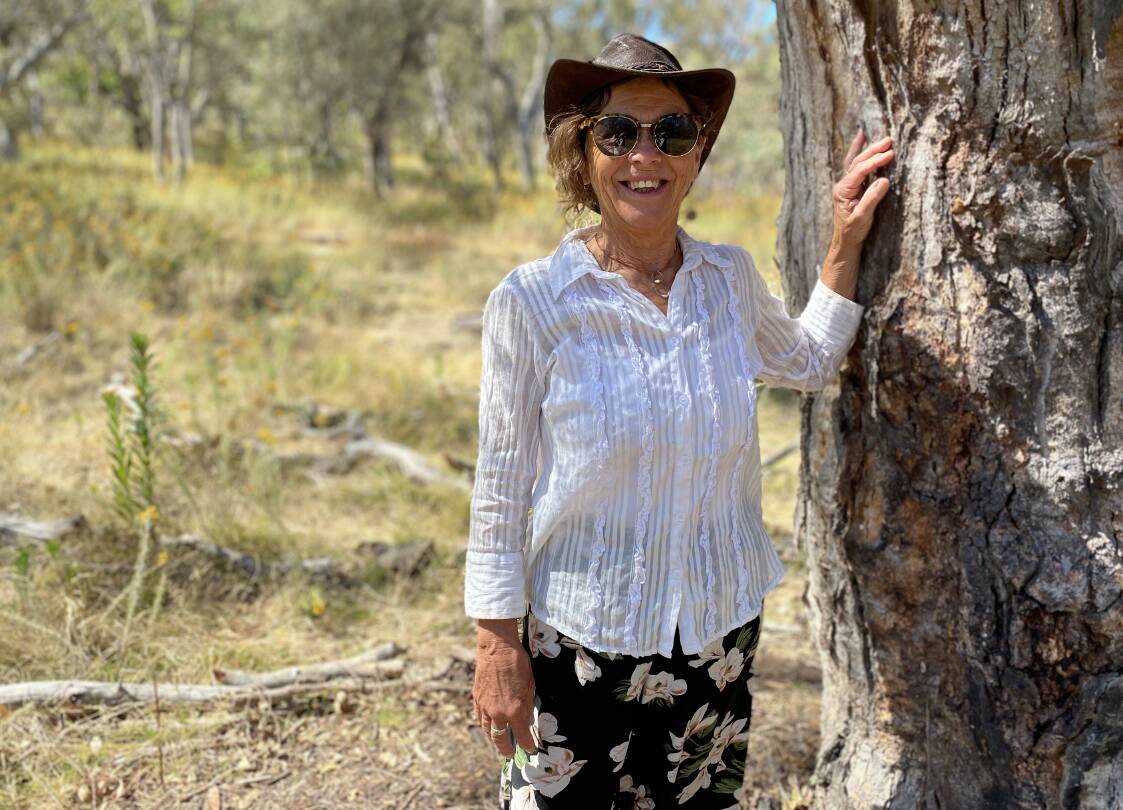
However, before we were able to meet up, another message lobbed in my inbox.
This one was titled "Farewell Five Senses".
Oh dear, what had happened? Had vandals destroyed it? Perhaps a mob of Mt Ainslie kangaroos (they do have a mind of their own) had a powwow and demolished the labyrinth?
Not quite.
According to Julie, "the guardian tree, a mature Blakely's red gum" which overlooks the 15-metre-diameter stick and stone labyrinth had "decided on the ephemeral essence of Five Senses".
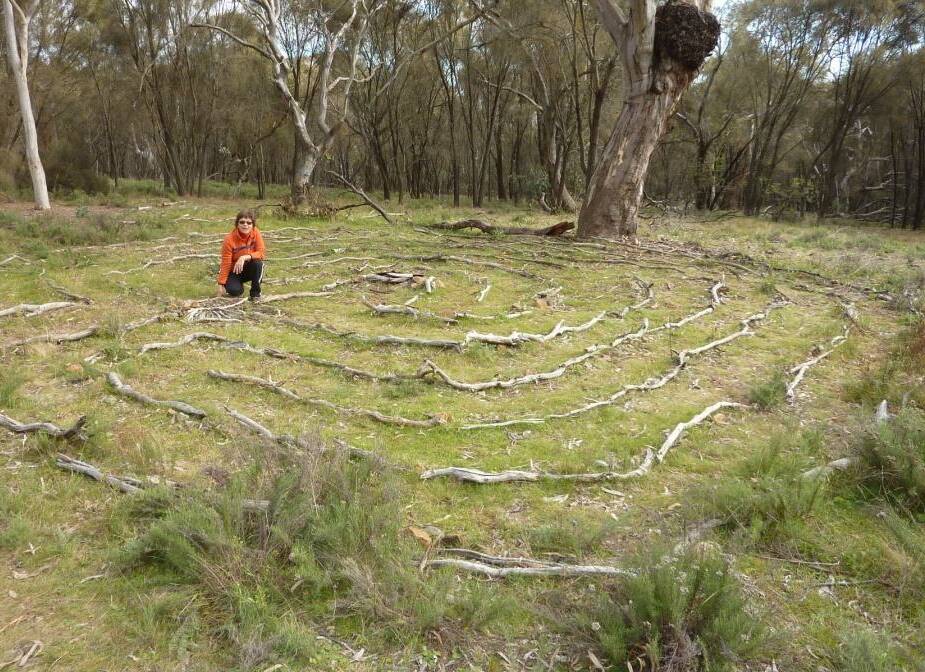
"During wild storms a large branch fell over the labyrinth, and it is now disappearing beneath the debris, and the encroaching weeds, flowers and grasses," she wrote.
Now, most people who have lovingly created something only to find it partially destroyed, would be upset, or at least disappointed, but not Julie.
No, for Julie this was the labyrinth turning full circle.
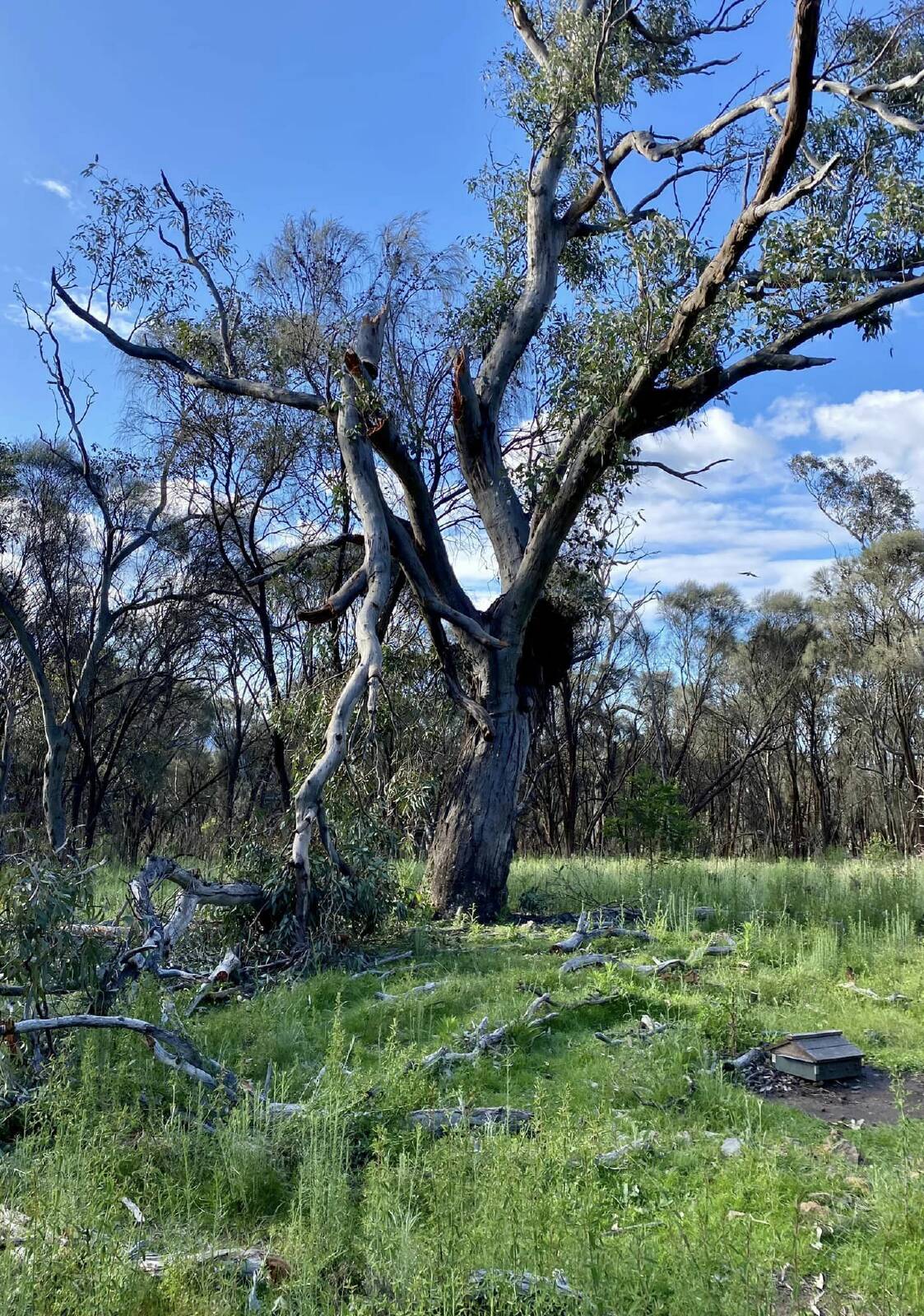
"It was only ever meant to be ephemeral and it appears to be in the final stage of reaching its goal: to disintegrate, to erode, to disappear into the clearing in which it had been created in June 2006."
Indeed, it was much smaller fallen branches from this same tree that Julie laid out on the ground during the 2006 winter solstice to form the original pathway of the labyrinth.
You couldn't have scripted it better. Julie had her final chapter.
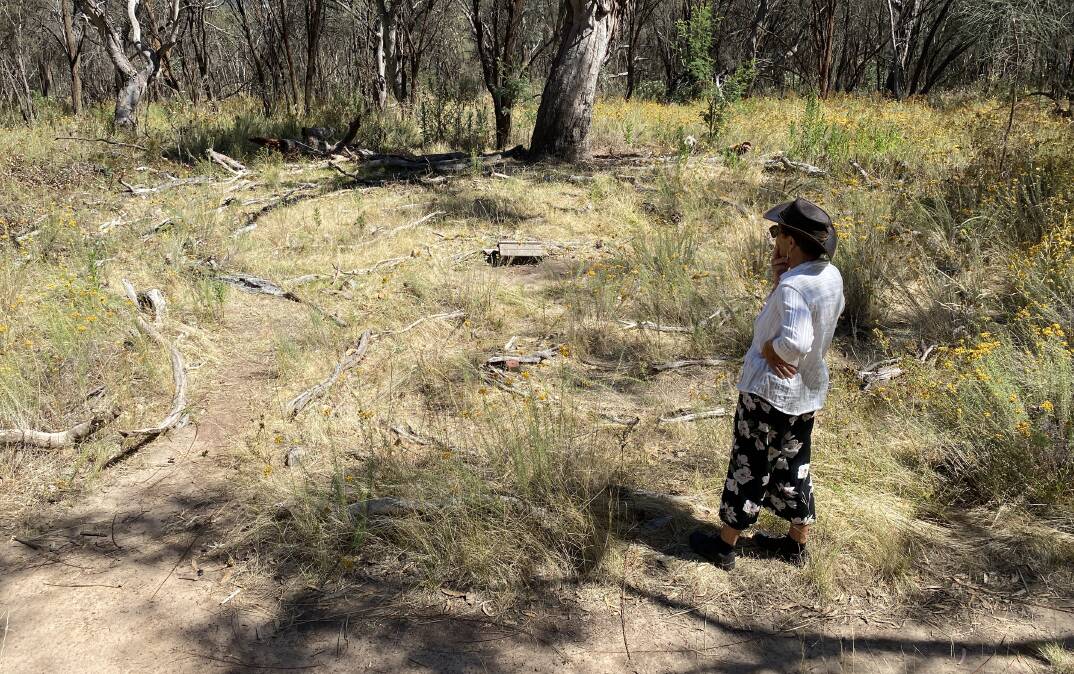
However, the labyrinth had other ideas.
On a subsequent visit to the labyrinth, Julie was surprised to see the large branches had been dragged off the labyrinth and the seven-circuit pathway "mysteriously tidied up".
"I'm not sure who did it, but it would have been a big job and involved a number of people," she explains.
"It's just another chapter in the story of this community labyrinth," she states. "With the branches removed from the path we can resume our walks around this spiral of delight and wonder, to help redirect and refocus our human spirit."
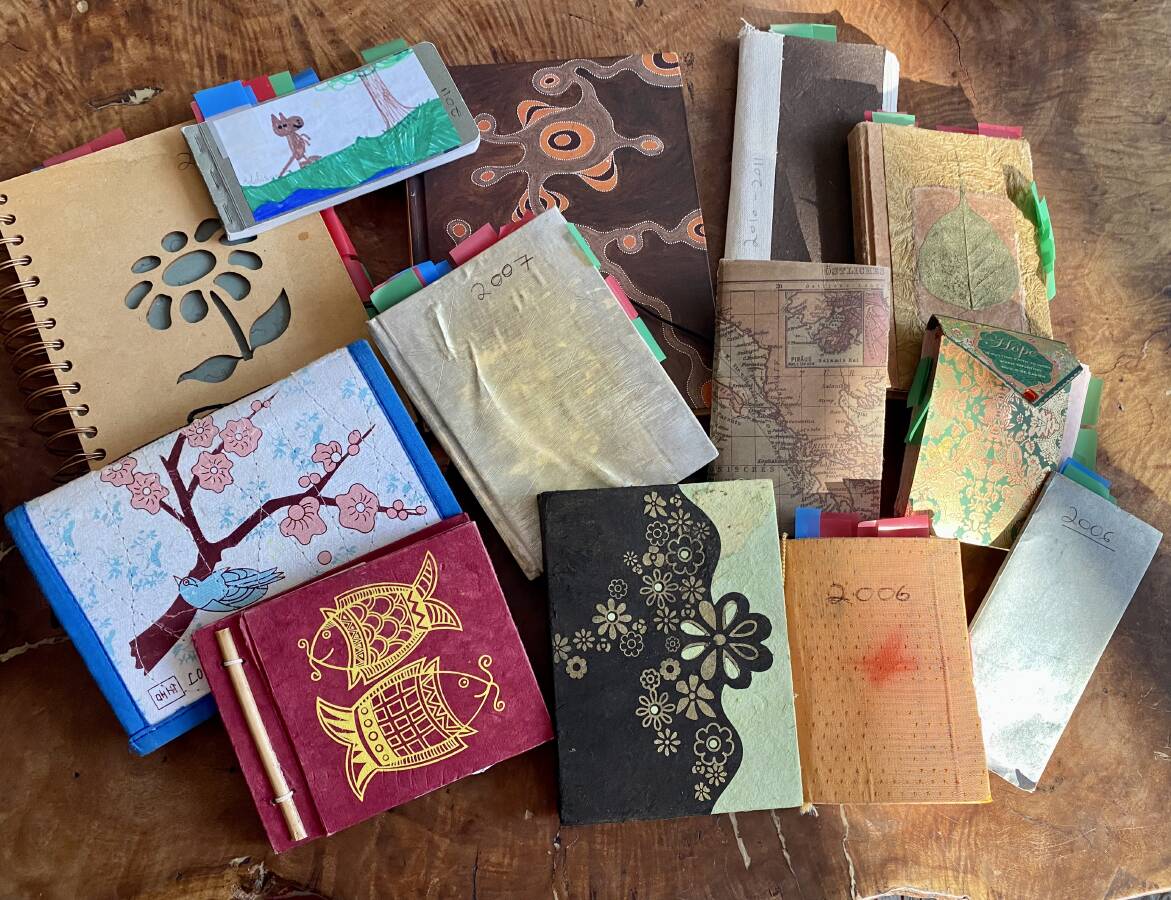
Being more than a decade since we first "walked the labyrinth" (yes, that's a thing) together, earlier in the week, I joined Julie for a meander up the slopes of Mt Ainslie.
Julie doesn't visit Five Senses as often as you'd expect - usually only on solstices and equinoxes to take a photo and to check if the visitor book needs replacing. So, it's a real treat.
As we emerge from a stand of casuarinas and approach the labyrinth, Julie explains how she first chose the site, "well off the walking tracks, above an occasional waterfall and on as flat ground as you can find".
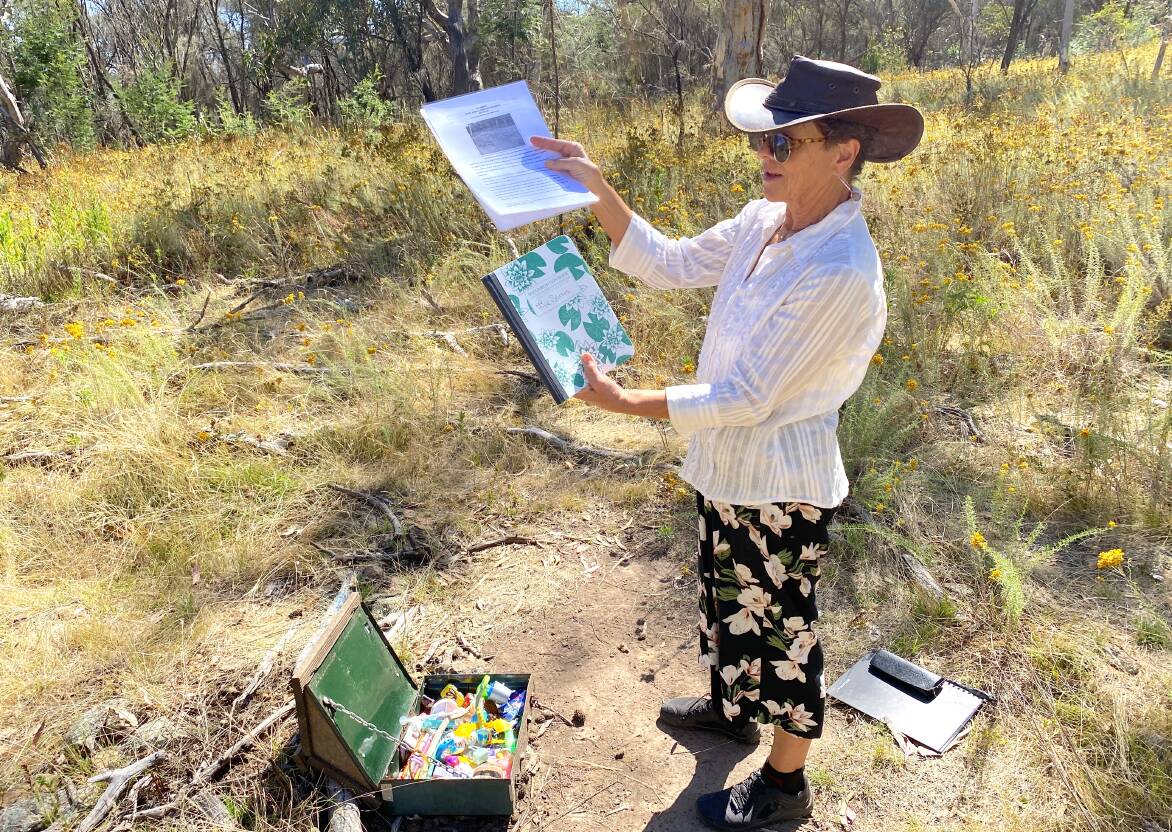
Surrounded by long grass and still bearing some of the scars of that recent storm, I have to say Five Senses is not looking as orderly as it once was. In fact, after three La Nina years of grass and weed growth, it's a bit dishevelled.
Julie doesn't rush in to walk it. Instead, she stands back and surveys the labyrinth from afar.
"I haven't really touched it since 2006, it's been maintained by walkers who have stumbled upon it," she reflects.
"It means different things for different people - everything from 'a walking mediation' to 'a place to restore peace and harmony' to 'a mirror of the soul'," she explains.
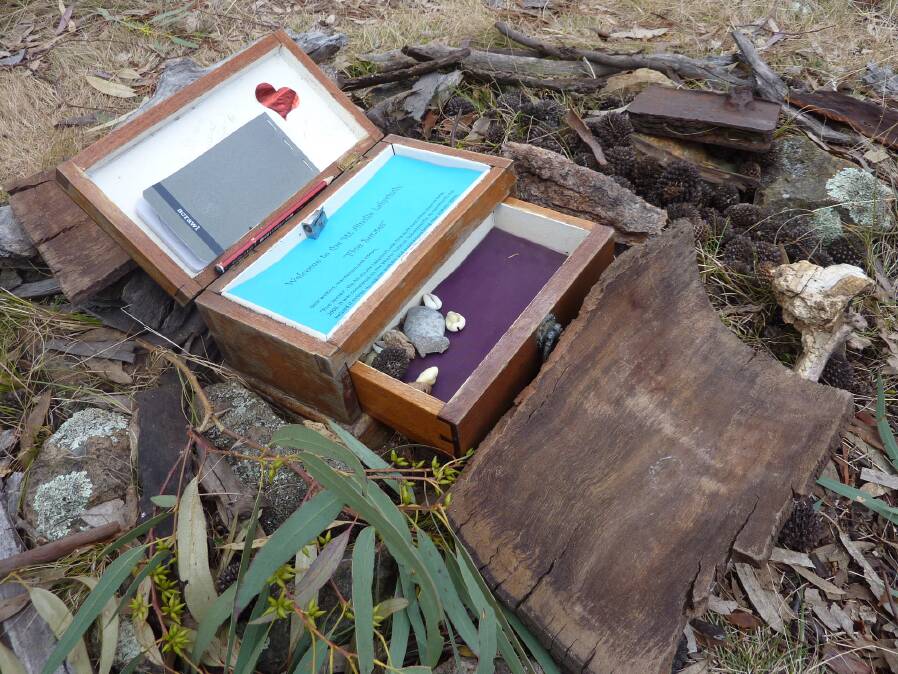
Some people have written touching letters to Julie about how the labyrinth has helped them through times of grief and hardship.
"It has been an honour to see the love and attention that Five Senses has nurtured in its community and that's one of the aspects I really want to document in the book," she explains.
Inside the box at the goal (centre) which is now full of trinkets left by families and their kids, Julie adds an information sheet detailing her book project and asking visitors to contact her if they'd "like to contribute to that narrative".
For several months after I first outed Julie, I grappled whether I should have kept her identity a secret, just like the location of labyrinth. If there are co-ordinates or signs pointing to the labyrinth, it just wouldn't have that magical feel. The treasure is in stumbling upon it.
However, when I see the broad smile on Julie's face as she opens the latest visitor's book to read comments about and how Five Senses has been embraced by the local community, I'm so glad I did.
Labyrinth Tales: If you'd like to contribute to Julie's book about the labyrinth, please email julie.rickwood@anu.edu.au
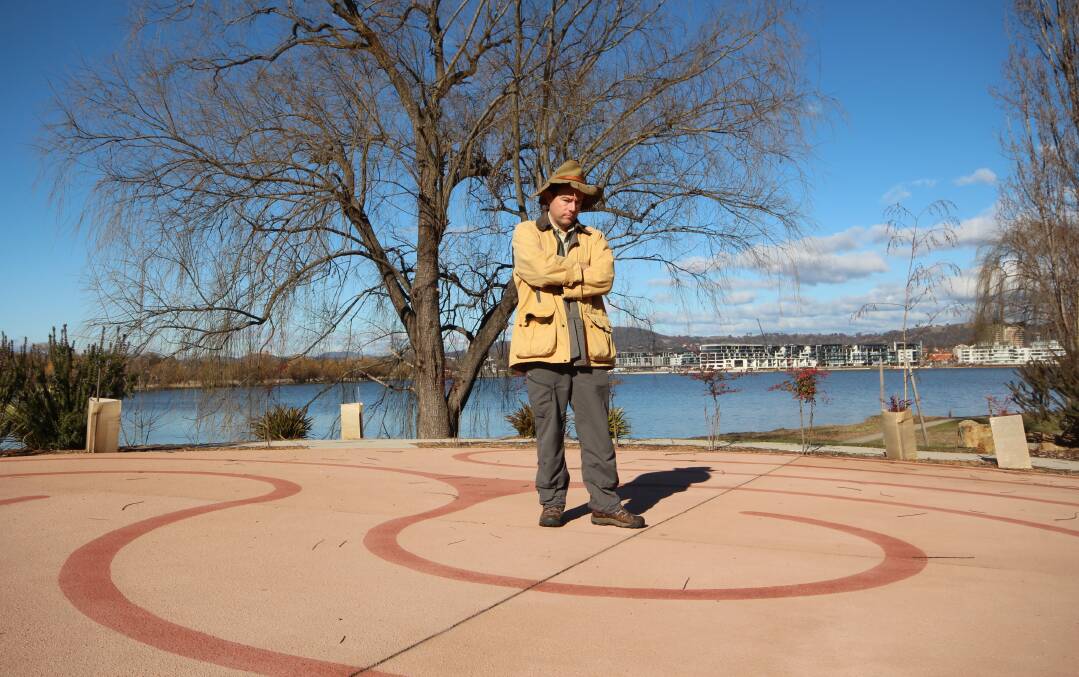
Did You Know?: Labyrinths date back over thousands of years to the Palaeolithic times and are often associated with ancient pilgrimage routes and rituals of self-discovery There has been a resurgence in their construction all over the world in recent decades, including many labyrinths built in and around Canberra, some even at public places like Clare Holland House and the University of Canberra Hospital.
Don't mention the 'm' word: Unlike a maze, a labyrinth has an unambiguous route to the centre and back and is not designed to be difficult to navigate.
The tree that keeps giving long after it's gone
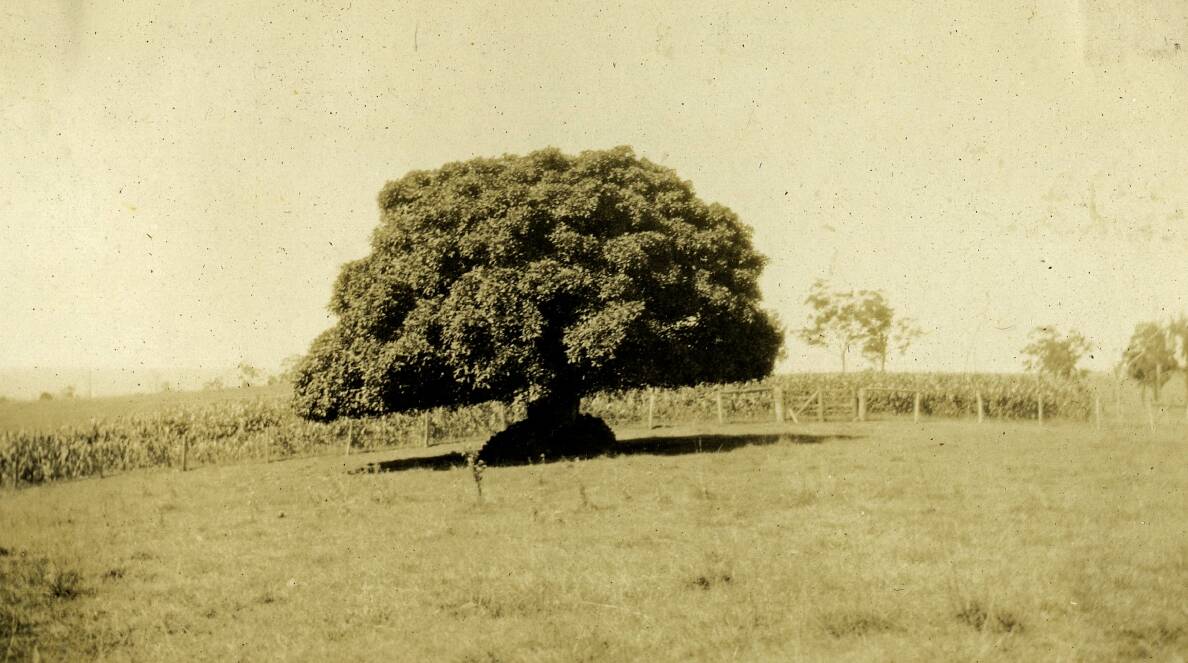
Judging by the size of my mailbag, many readers remember "The Hordern Tree" that once stood beside the (old) Hume Highway on Razorback Mountain, near Picton, just south of Sydney.
While most readers, including Jeremy Schofield of Melba, recall "looking out for" the landmark Port Jackson fig on family road trips in the 1960s and 1970s, the tree evoked school memories for Kathryn Ferguson who featured it in her HSC Extension History research project on Razorback's history.
Kathryn even managed to dig out the 20-plus-year-old assignment in which she documented the tree's potted past, including its demise in 1974 after a storm split it in half, and the subsequent "memorial" tree planted in year 2000, about 200 metres from where the original had stood, and which is still growing.
"People knew the landmark from all over. In days past, to travel to Canberra and Melbourne people had to go over Razorback and it was probably well known to half the country," wrote Kathryn of the tree which was so named as it resembled the tree on the Anthony Hordern & Sons Department store logo with its motto 'While I Live, I'll grow".
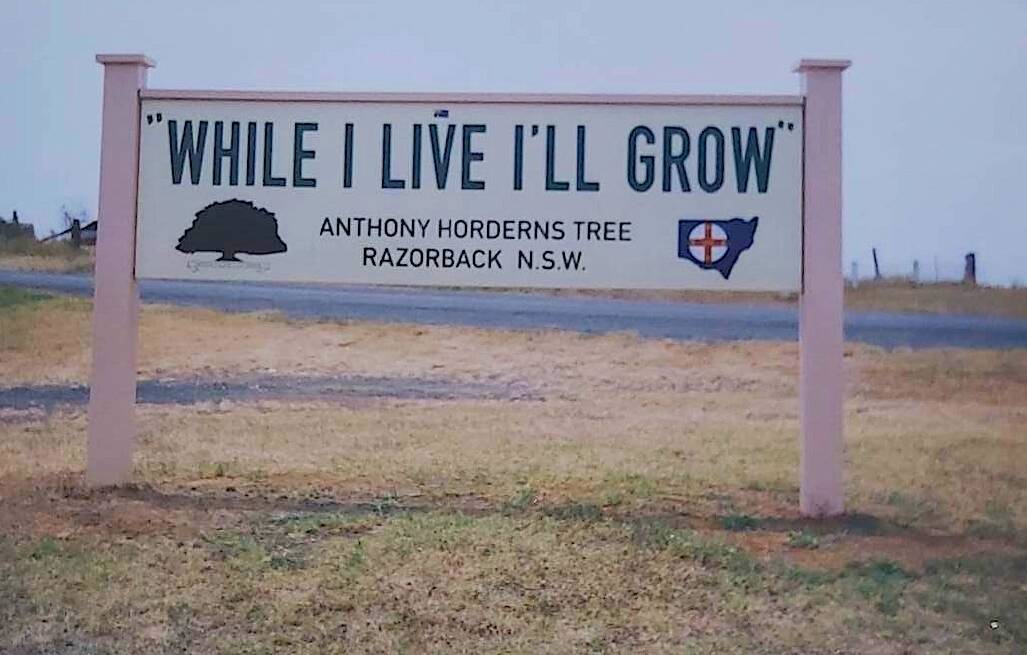
Meanwhile, long-term Canberra resident Stephen Macdonald of Belconnen not only recalls driving past it many times with his parents on the way to Sydney in the 1960s and 70s but also reveals Johnny Heap recorded a song titled The Hordern Tree for his 1982 album of the same name. The YouTube page where you can listen to the song (it's actually not too bad) provides a timeline of the tree which was a logo for the Hordern chain of stores.
Further, several readers - including Jan Smith of Kambah and Jules Rankin of Kaleen - report that although their main store was in Sydney, there was an Anthony Hordern & Sons Canberra department store on the corner of Alinga and Petrie streets in Canberra 1956-1963.
WHERE IN CANBERRA?
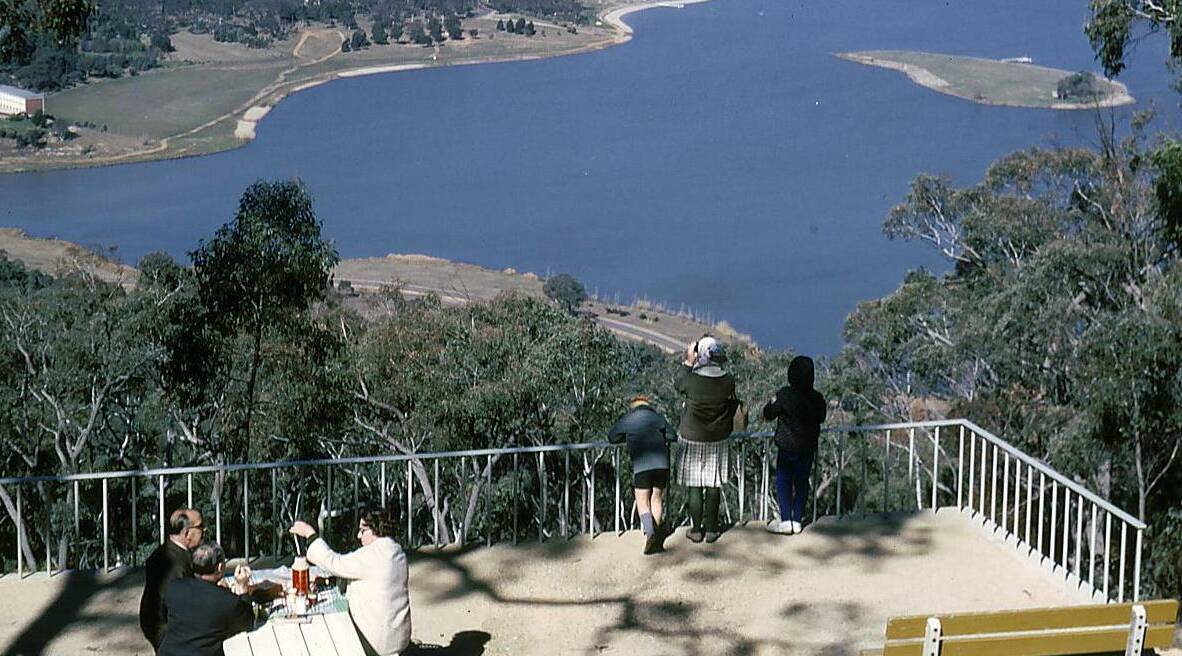
Rating: Easy-Medium
Clue: Before the trees blocked the view
How to enter: Email your guess along with your name and address to tym@iinet.net.au. The first correct email sent after 10am, Saturday February 18 wins a double pass to Dendy, the Home of Quality Cinema.
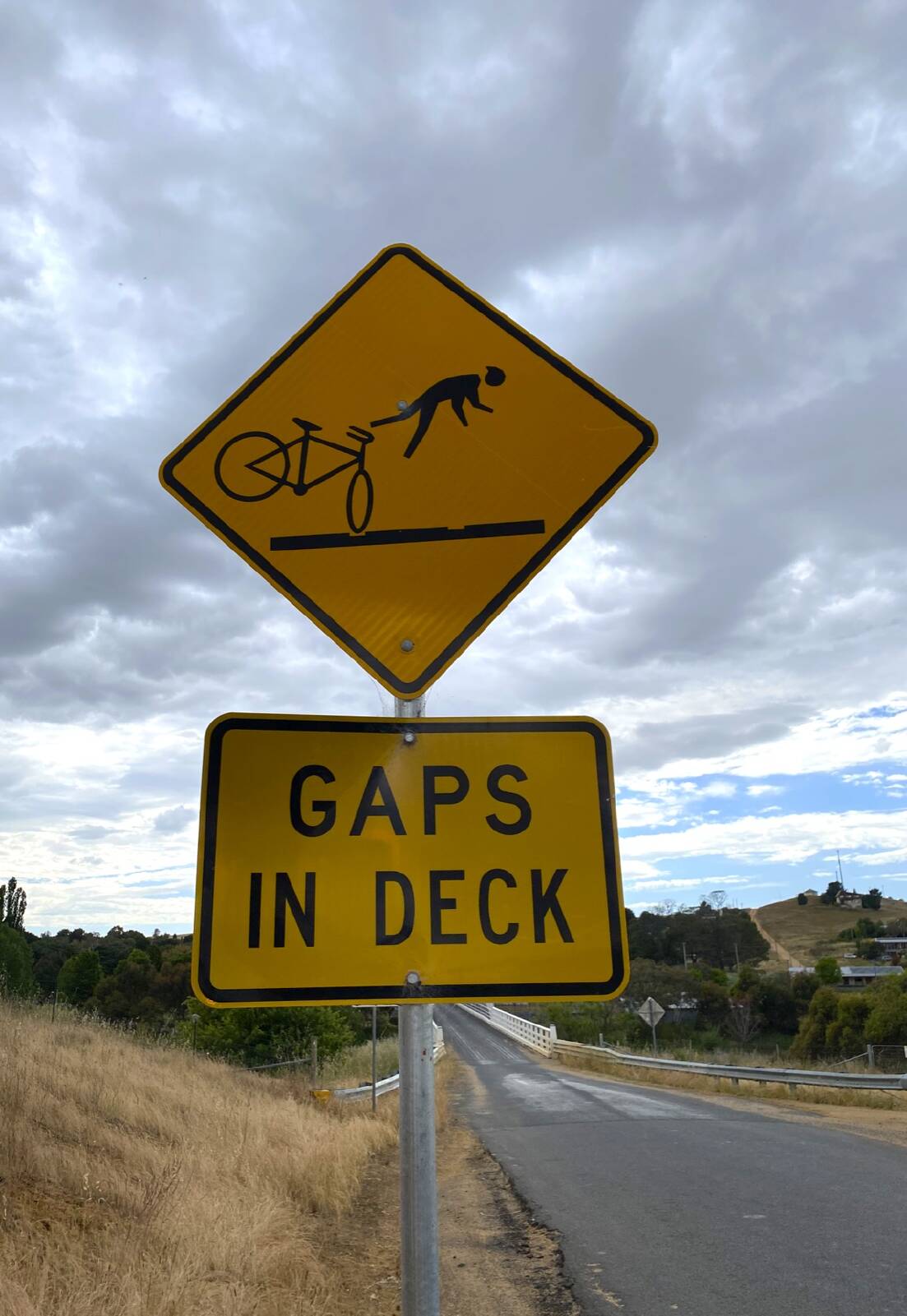
Last week: Congratulations to Maureen Marshall of Nicholls who was first to identify last week's photo as the western approach to the bridge across the Snowy River at Dalgety on the Snowy River Way at 'Buckley's Crossing'. Maureen recognised the photo after exploring the area during a holiday last year.
Did You Know? Dalgety was originally known as Buckley's Crossing, so named after pioneer farmer Edward Buckley who established a farm near the river crossing in 1832.
It was near this crossing in 1902 that Edmund Thomas Luke took the now famous photograph of several federal senators swimming in the Snowy River.
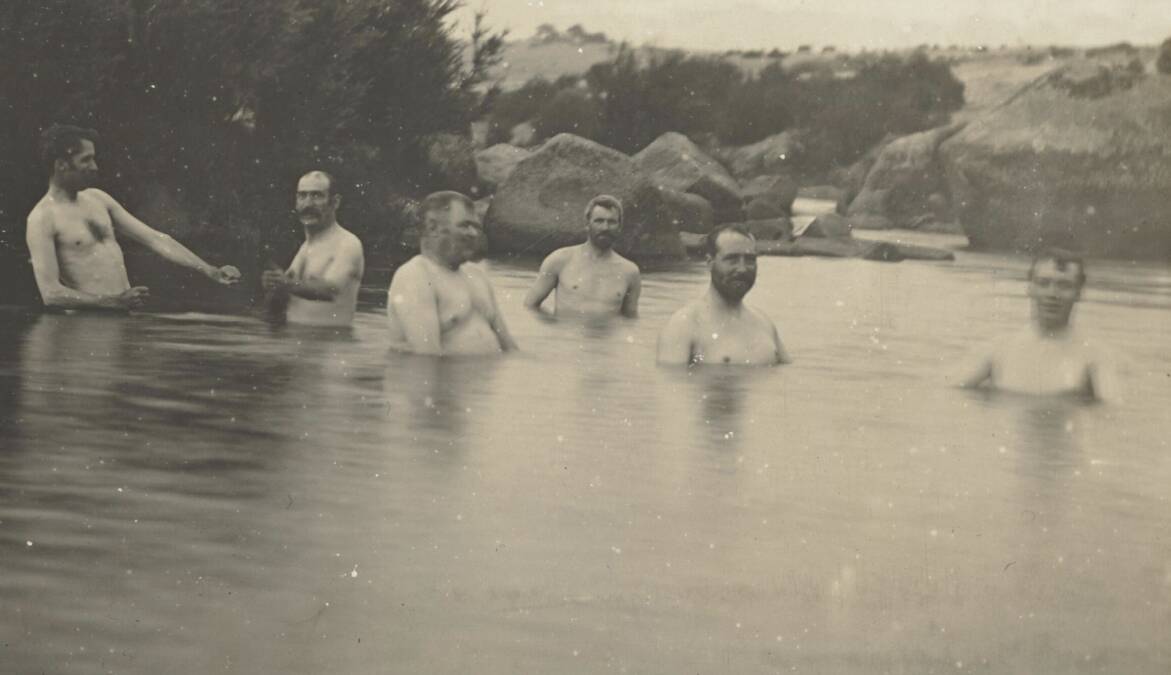
The must have enjoyed the dip for in 1903 the Federal Royal Commission named Dalgety as the location for Australia's national capital city. The "decision" was based on criteria including climate, food supply, land ownership and ability to support major industries and was even formalised in the Seat of Government Act 1904.
In an indication of the fierce Sydney versus Melbourne rivalry, this decision was vehemently opposed by the Parliament of New South Wales which argued that Dalgety was too close to Melbourne and way too far from Sydney.
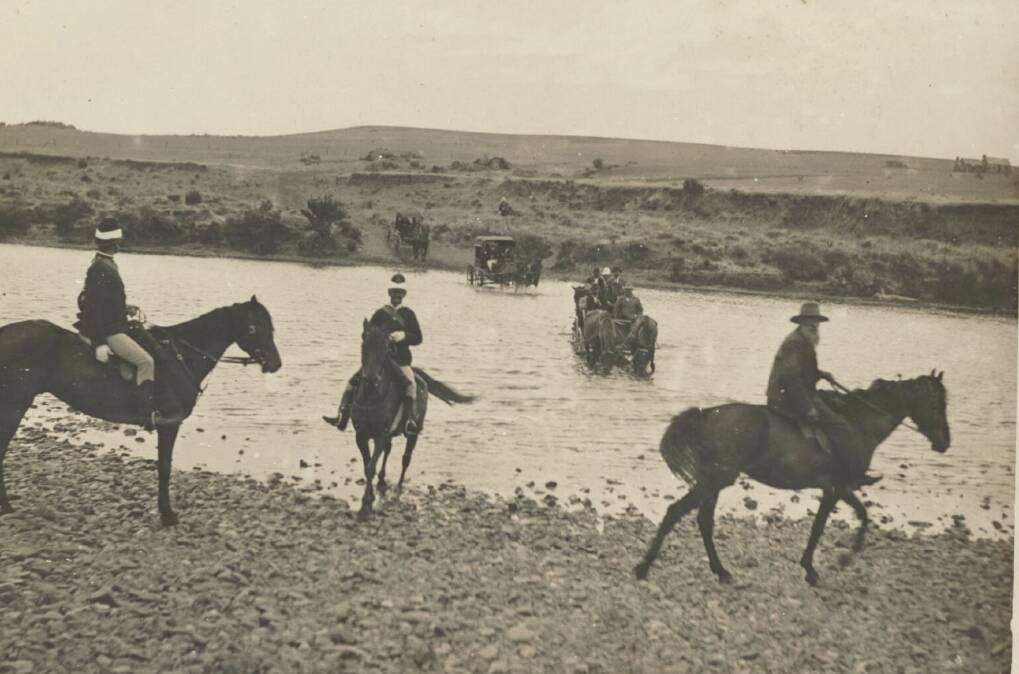
According to the Dalgety Chamber of Commerce, "a more practical objection was the distance to the main Sydney-Melbourne railway line and the expense involved in constructing a spur to the proposed capital. These objections were resolved with the passage of the Seat of Government Act 1908 which passed over Dalgety in favour of Canberra.
CONTACT TIM: Email: tym@iinet.net.au or Twitter: @TimYowie or write c/- The Canberra Times, GPO Box 606, Civic, ACT, 2601
We've made it a whole lot easier for you to have your say. Our new comment platform requires only one log-in to access articles and to join the discussion on The Canberra Times website. Find out how to register so you can enjoy civil, friendly and engaging discussions. See our moderation policy here.







